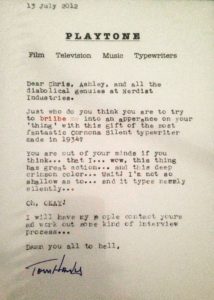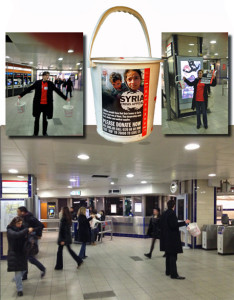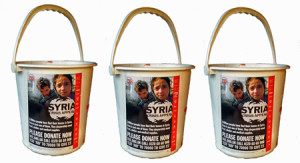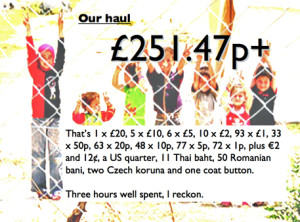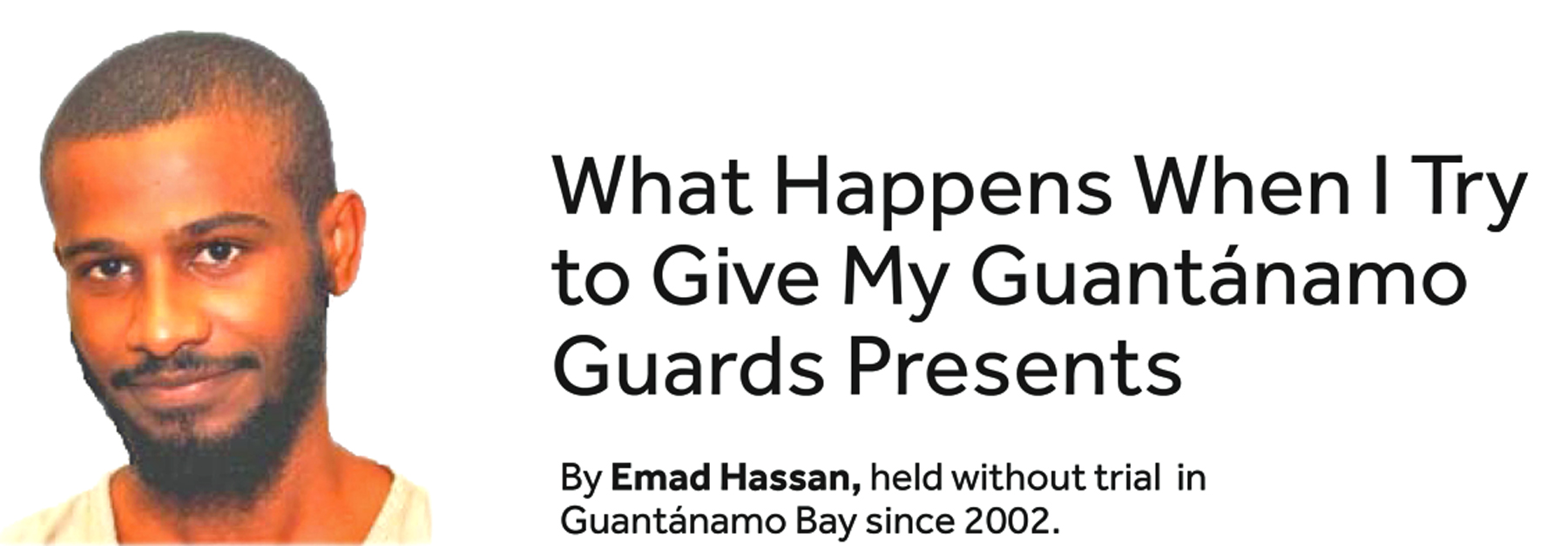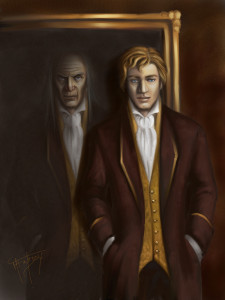By Dave Trott
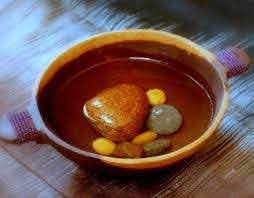
There’s an old Chinese folk tale about two monks.
They come to a poor village to beg for food, but no-one has any to spare, each family barely has enough to feed themselves.
So the monks say they’ll feed the entire village by making a huge pot of Stone Soup.
Then they start searching for the perfect stone.
Eventually they find it: large, smooth, round, flat, evenly coloured.
They bring it back to the village and ask to borrow a large pot, they fill it with water.
As it boils, they taste it, it needs a little salt.
Someone brings salt.
The monks say it’s good, but it would be better for a few herbs.
Someone else brings herbs.
The monks sip again, they say it’s getting there, it just needs a little rice.
Someone brings some rice.
The monks say it’s nearly done, it just needs a little meat.
Someone brings some meat.
The preparation goes on like this until everyone in the village has contributed something.
Eventually, the monks say it’s perfect.
They throw the stone away, and the monks and the villagers enjoy the delicious soup.
Now, of course, we all know what’s happened.
The stone had no more taste than any other stone.
The stone was only an excuse to get everyone to add the ingredients for a soup.
But without noticing, the villagers went from only having a tiny bit of food each, to having enough delicious soup to feed everyone.
It’s a simple folk-tale, but actually, it’s a story about diversity.
How an intangible idea can mix separate elements together to make something better.
The creative motto used to be: ‘The whole is greater than the sum of the parts.’
Nowadays we’d simply say 1+1=3.
Keeping things separate means that’s all we get, but putting them together means a new thing happens.
In cinema, it’s generally accepted that Sergei Eisenstein was first to recognize this.
Every art-school film class starts with Battleship Potemkin: the Cossacks on the steps.
On its own, a soldier’s boots are just that. A pram is just that. A woman’s face is just that.
But edit them together and the mix creates a terrifying massacre.
The mix is what inspired French Nouvelle Vague cinema, which inspired Martin Scorsese.
That’s what we should learn, to mix things together.
If strategy, creative, and media stay in their silos, then we’ll only get separate thinking.
But the most exciting work I’ve ever been part of is when we work together.
We won creative awards where the ‘creativity’ didn’t come from the creative department.
Because we had diversity of thinking.
But diversity doesn’t just mean strategy and media having an opinion on creative.
It also means creative having an opinion on strategy and media.
Obviously, we need diversity of race, gender, age, class, religion, etc.
Because once we get past that, we can hire the best brains and ignore the package.
That’s the great thing about Stone Soup, the essential ingredient is the stone.
But the stone doesn’t add anything to the soup, it’s just an idea.
What the stone represents is what Buddhists call ‘mind’.
The mind itself is nothing, it doesn’t even exist in the physical world.But, that’s the power of an intangible idea: as Buddha said, ‘All there is, is mind.’
Dave Trott is a creative director and author, an advertising man of some renown. According to Wikipedia Stone Soup is a European folk tale in which hungry strangers convince the people of a town to each share a small amount of their food in order to make a meal that everyone enjoys, and exists as a moral regarding the value of sharing. In varying traditions, the stone has been replaced with other common inedible objects, and therefore the fable is also known as axe soup, button soup, nail soup, and wood soup. How a good story travels!


